Big changes are taking place in the EU. Changes with an even greater impact than Brexit. As the EU Parliament has passed a new law setting it the goal of becoming the first climate-neutral continent.
The law will require every industry to work towards stricter standards of sustainability and lower greenhouse gas emissions.
It is a move designed to lead the planet on a path away from climate change, as well as provide certainty to investors that money spent on eco-friendly projects and technology are worth the long-term commitment.
“This is an exercise in disciplining this transformational age,” says Frans Timmermans, executive vice-president of the EU Commission. “Transforming a society that is entirely based on carbon to a society that no longer needs carbon as a fundamental basis for its functioning is of a tectonic nature.”
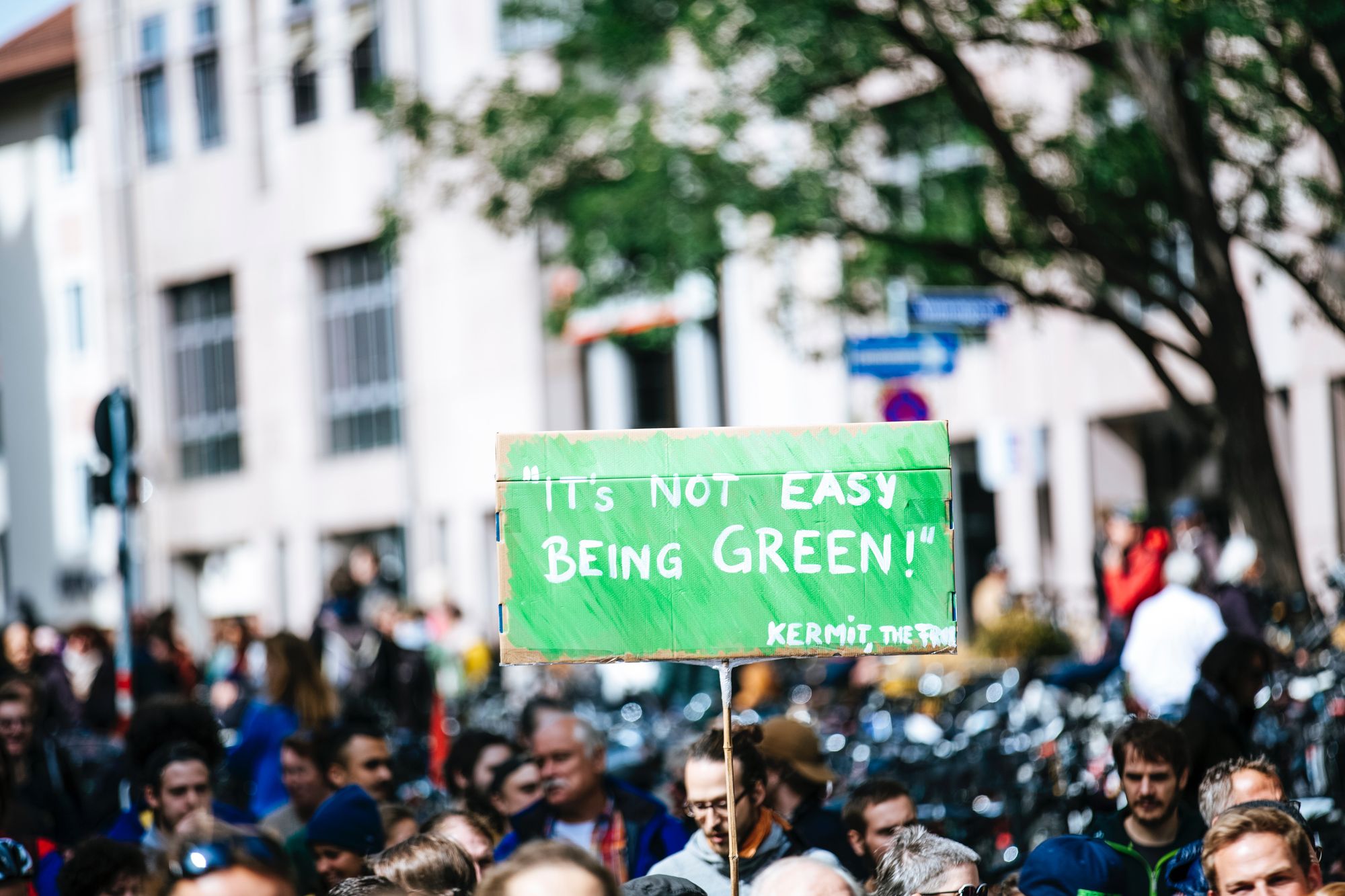
But what will this mean for the chemical industry? How can any energy-intensive sector of an industrial economy which is so dependent on oil and gas for raw materials become carbon neutral?
To help answer these questions, more detail on how carbon-neutrality is to be achieved has been laid out in the Green Deal. As the industry journal Chemical Watch reports, “A roadmap accompanying the Green Deal foresees a zero-pollution action plan for water by 2021. As part of this, the EU executive will propose measures to address pollution from urban runoff and from new or particularly harmful sources of pollution, such as microplastics and other chemicals.”
Additionally, a study already released by the International Council of Chemical Associations (ICCA) presented a range of chemistry-based products and solutions for making a low-carbon economy possible.
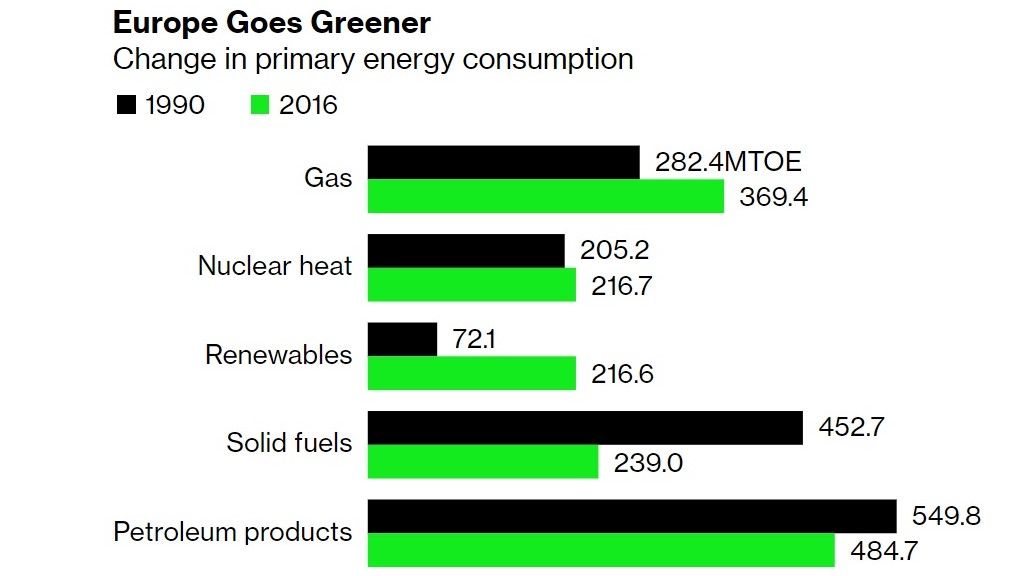
As the European Chemcial Industry Council (Cefic) explained in response to the study, “While there are over 100 solutions and products developed by the industry to accelerate transition to a low-carbon economy, the study zooms in on 17 of them which have the largest CO2-saving potential. Combined, these solutions could lead to emissions reductions of about 5-10 Gigatons by 2050.”
To find out more about this study, read: How the Chemical Industry Could Cut CO2 Emissions by 25%.
While the challenges of becoming carbon-neutral remain significant, the European chemical industry as well as NGOs (generally) remain supportive of the goal. As the European Chemical Industry Council, Cefic, highlighted in a recent press release, “All sectors of economy will have to work together to deliver on climate neutrality,” adding that, “the European chemical industry will be at the heart of the transition.”
While Cefic director general Marco Mensink, who opposed the previous non-toxic strategy, has pledged to work "constructively" on delivering the green chemicals strategy alongside the continued enforcement of REACH. “We have long believed,” he said, “that a stronger policy focus on European innovation within the chemical industry is needed to support non-toxic environment objectives.”
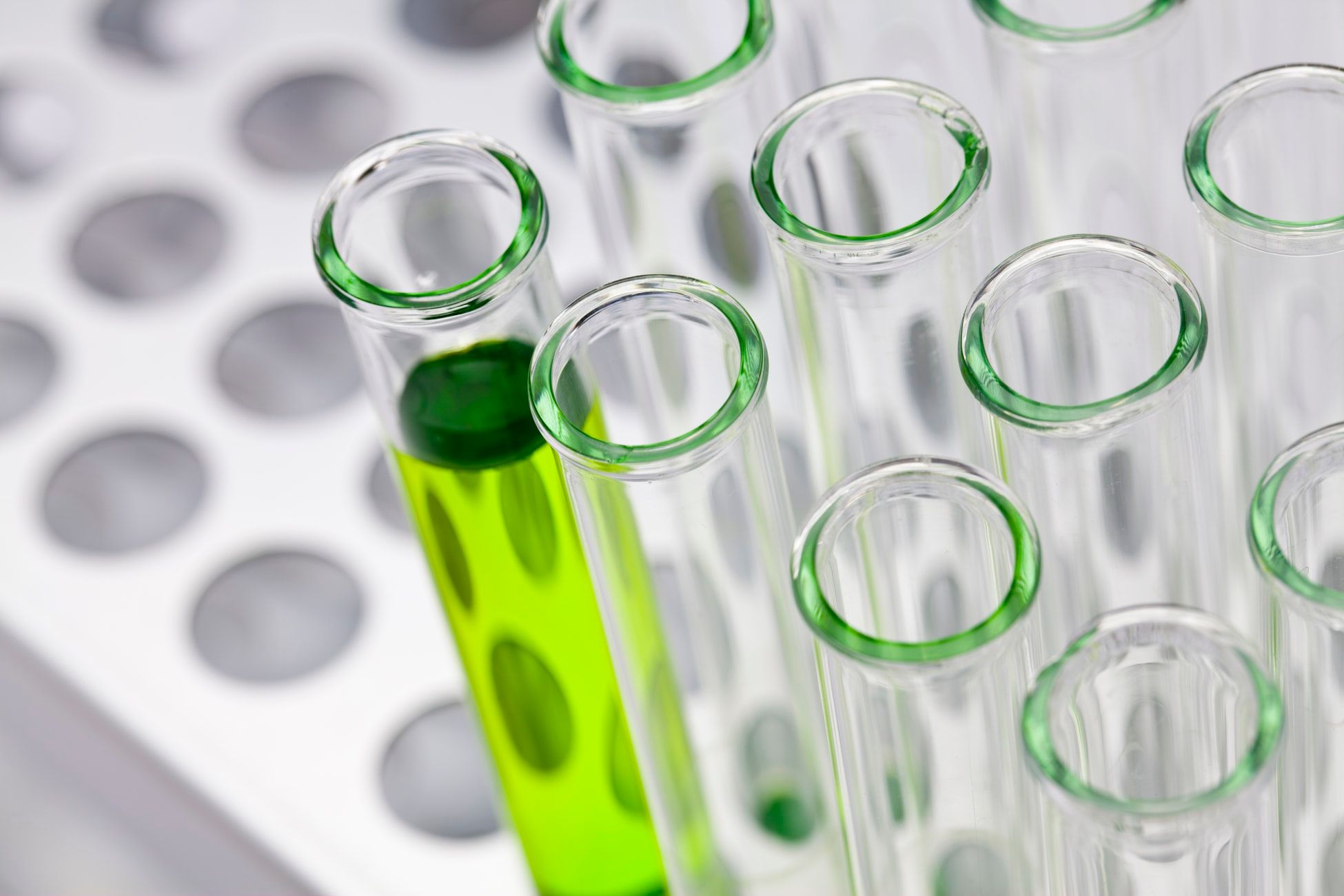
Others, such as Michael Warhurst, executive director of CHEM Trust, are perhaps more cautious. Stating that the NGO “… will be monitoring it closely to ensure that it really does lead to a toxic-free environment and sustainable use of chemicals.”
While Tatiana Santos, policy manager at the European Environmental Bureau (EEB), hoped that the EU Commission would now “turn words into action”.
However, the actual targets for limiting greenhouse gas emissions have yet to be finalised. As the business journal Bloomberg, reports, “The target is currently to cut pollution by at least 40%. [But] Von der Leyen [the newly appointed European Commission President] signaled she wanted to toughen the 2030 emission-reduction goal to 50% or even 55%.”
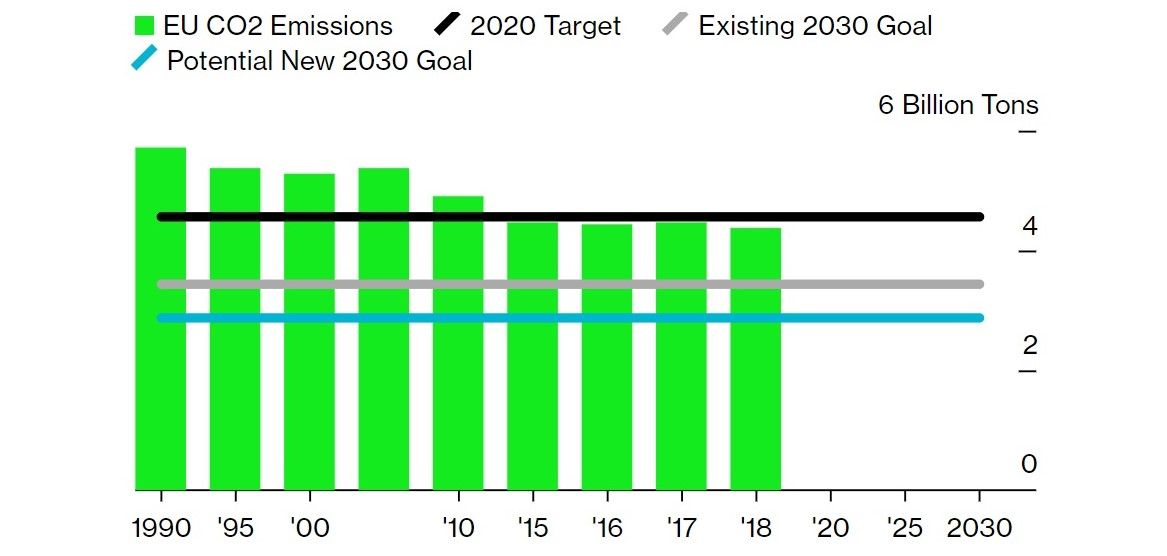
Adding that, “The commission is likely to stop short of proposing a new target for 2030 at this stage, waiting with more details until the second half of this year when it’s due to publish an analysis on tougher climate goals. That’s set to create friction with the European Parliament, which is adamant that the new law include a 55% reduction target for 2030.”
Crucially, if any Green Deal is to be successful (however large or small the targets) the chemical industry will require major investment to make the switch.
In October 2019, the German chemical industry body, the VCI group which includes industry heavyweights such as BASF and Lanxess, outlined a path towards making the industry carbon-neutral by 2050. Noting that the major issue was the sourcing of clean energy, including an increase in the amount of electricity needed in chemical production processes that used sustainable or recycled raw materials.
The total cost for a climate-friendly German chemical industry was valued at €45 billion, and still noted that further research would be required. With the report suggesting that, “The necessary CO2-free processes to produce basic chemicals are known in principle, but have to be developed further for large-scale application in the mid-2030s.”
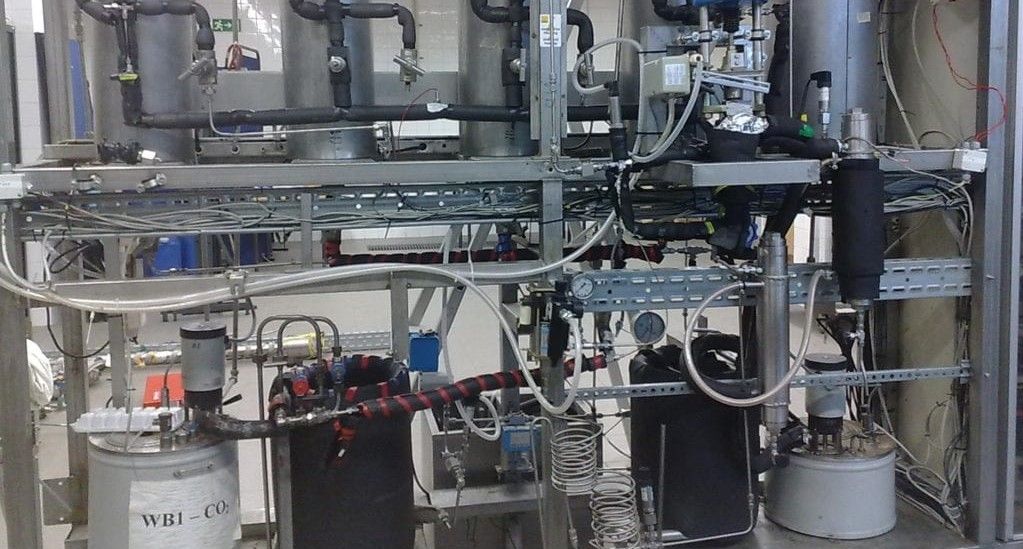
A Europe-wide goal would of course require deeper and more-wide-spread spending. In fact, the cost of the Green Deal has already been evaluated, with investment sums needed to reach targets estimated at €260 billion every year.
While this may sound like an insurmountable target, in response, the EU Commission believes it achievable, and has laid out a sustainable investment plan to help mobilize at least €1 trillion over the next decade towards reaching carbon neutrality.
While some may scoff at the sums required, others remain optimistic at what could be accomplished, and believe wholeheartedly that the reward of a climate-friendly economy outweighs economic costs.
Certainly, if predictions of the costs of climate change on wildlife, human standards of living, and economies are to be factored in, then such determination to succeed makes sense.
As Mensink made clear in a recent press conference on the climate law, “I’ve been in Brussels for 15 years now, and I think that people in the room agree we’ve never been in as an exciting moment as we are right now. That is a €1 trillion or more market opportunity if we get it right; it’s also an enormous investment that has to come to Europe.”
Certainly, the political will towards a carbon neutral chemical industry is present. “[This] is our new growth strategy,” notes Von der Leyen, “for a growth that gives back more than it takes away. It shows how to transform our way of living and working, of producing and consuming, so that we live healthier [lives] and make our businesses innovate. We will help our economy to be a global leader by moving first and moving fast.”
It is a sentiment supported by Timmermans, when he said, “This is an epic challenge. It’s also an incredible opportunity for Europe to lead.”
Watch this space for the greening of the European chemical industry, or maybe even act and take part in it.
Photo credit: Bloomberg, Greenermanufacturing, Labnews, Scitecheuropa, & mdpi, Stocksnap